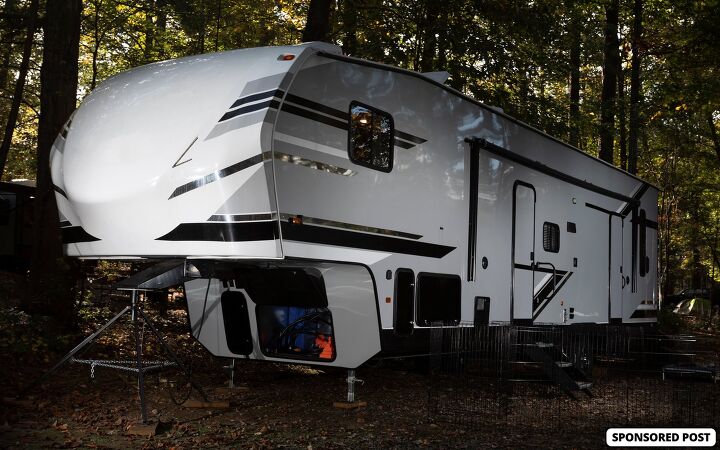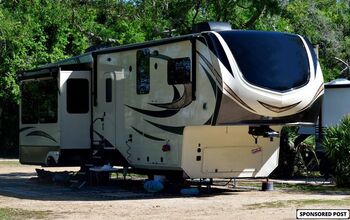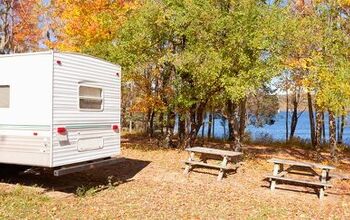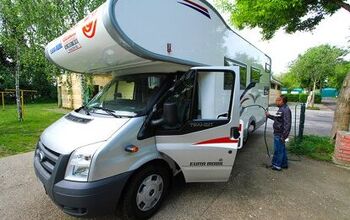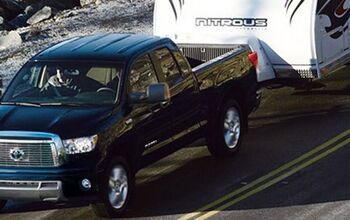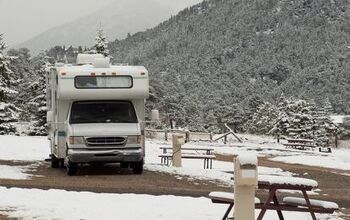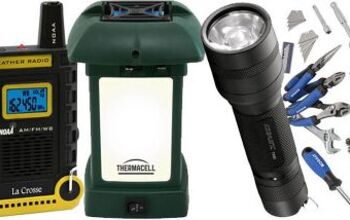Why Your RV Probably Needs New Tires
Looking after your RV tires isn’t as easy and straightforward as maintaining the tire on your average daily-driven vehicle, thanks to one crucial factor: the frequency of use. Simply put, the more use your RV tires see, the more healthy they’ll be. It’s not often treadwear that does your RV tires in, but rather the effects of aging.
So how do you know whether your recreational vehicle needs a fresh set of rubber? These are the telltale indicators that you should start shopping around before your next big road trip.
What To Look For In Your Next Set Of RV Tires
If you are already certain you need to replace your RV tires ASAP, here are some things to look for.
One thing you want to ensure your replacement RV tires offer is an effective tread design; when you’re halfway to Colorado and the rain starts falling, it’ll help to know that your RV tires are designed to maintain their grip and evacuate water efficiently. An excellent example is Sailun’s new S637T trailer tire, which is primarily used for 5th wheel trailers and features a multi-sipe design with four big channels for keeping confident grip even in inclement weather.
Two other traits you’ll want to look out for are strength and stability – two related, but technically different, attributes. By strength, we mean the tire’s ability to withstand heavy loads over extended distances, which is something the Sailun S637T does with its all-steel belt construction. Imagine for a moment the sort of strain an RV tire is subjected to on a long haul and you’ll understand why that’s such a crucial thing. By stability, we mean the tire’s penchant for resisting flex and distortion when saddled with heavy loads, which is critical to ensuring that the RV tracks straight down the road and doesn’t get dangerously unsettled by uneven driving surfaces.
Finally, and perhaps most importantly, it helps to have an RV tire with a long manufacturer warranty so that you don’t have to worry so much about your tires going bad before you’ve had much of a chance to use them. On that front, Sailun’s new S637T sets the benchmark with an industry-leading eight-year manufacturer warranty. That’s an incredibly long time to be protected against defects in materials or workmanship, and it helps ensure that you can really get your money’s worth out of your RV tires.
To find out more about one of our new favorite RV tires, the S637T, visit goSailun.com.
You See Weather-Checking or Cracking
Rubber is a strong, resilient material, but that doesn’t make it immune to slow, gradual decay resulting from exposure to ozone, UV rays, and harsh temperatures. Eventually, even the best RV tires succumb to the effects of repeated long-term exposure, developing “weather-checking” or large cracks, particularly in the inner and outer sidewalls of the tire. These cracks generally begin as superficial blemishes, but over time, they can spread deeper into the tire and contribute to a leak or blowout – something no RV owner wants to experience on a long drive.
To make sure your RV tires are still good, inspect the sidewalls regularly for weather-checking and cracking, regardless of their mileage. As a general rule, if you find any significant cracks you should have your tires inspected by a technician at your local tire service facility, it may be time for replacement. If you are uncertain whether the damage is minor, we recommend taking the tires to your local tire service facility for a full inspection.
Your RV Doesn’t Get Regular Exercise
There are few things that are as bad for your RV tires as sitting for extended periods without getting the chance to stretch their legs. The reasons are two-fold. First, there’s the simple fact that sitting stationary, the mass of your RV applies a lot of force straight down into your tires, which can develop flat spots as a result. This is especially true if you park your RV with the tires at or below the recommended tire pressure, but it’s also remedied relatively easily by overinflating the tires slightly and making sure you nudge the RV forward or back a bit every now and again to expose a fresh patch of tire to the pavement. It’s a subject we tackled in our article How To Make Your RV Tires Last A Long Time. If you over-inflate for storage, make sure you reset the pressures for your load when putting your trailer back on the road.
Second, and perhaps more important, there’s the fact that if you aren’t taking your RV for regular drives, the compounds that help fight ozone and UV damage aren’t getting a chance to work their way to the surface. In other words, the weather-checking and cracking that occur as the gradual result of environmental exposure occur more rapidly. Try to cover your tires when sitting to protect from the sun’s harmful rays and other weather conditions. Another aid could be a good tire protectant, but the only real cure is to make sure your RV is getting highway miles with some frequency.
You See Evidence Of Excessive Or Unusual Tread Wear
On the other end of the spectrum, maybe your RV gets loads of exercise, and the bigger concern is tread wear – whether it’s a question of how much tread wear is occurring, or what the wear pattern looks like. Unusual treadwear patterns, such as excessive wear on either shoulder, tire “cupping,” or other anomalies, can be an indication of tire over- or under-inflation or suspension alignment issues. You’ll want to solve that mystery as quickly as possible, because a bad alignment can be very dangerous out on the road. Make sure you set your pressure based on the load you are carrying. This will optimize the tread footprint on the road and provide the best ride and handling conditions. The maximum pressure is not necessarily the right pressure if you are not carrying the maximum load.
Of course, even if your tread wear is perfectly even, it can still be excessive. The average RV road trip tends to cover hundreds or thousands of miles, and with so much weight to cart around, that mileage can take its toll on your tread quickly. It’s generally good practice to replace your RV tires straight away as soon as they wear down to 2/32nds of an inch of tread depth, although you may wish to replace them sooner if you’ve got a big trip coming up.
Why You Shouldn’t Risk Traveling on a Questionable Set Of RV Tires
In some ways, transporting your RV on a compromised set of tires can be even more dangerous than driving with bad tires in your daily commuter car. For one thing, your RV is, presumably, much larger and heavier than your regular commuter car, which means the tires are generally going to be under a lot more strain at highway speeds. That means that any existing issues with your RV tires can become full-blown spectacular failures in very short order. For another thing, again because of your RV’s size and heft, any loss of control is that much more serious. Breaking traction, getting a flat, or experiencing a blow-out: the stakes are that much higher for all of these hazards. Regular pressure checks and inspections of your ST tires are paramount to safe operation of your RV trailer.
Lead photo by Guy J. Sagi/Shutterstock.com
